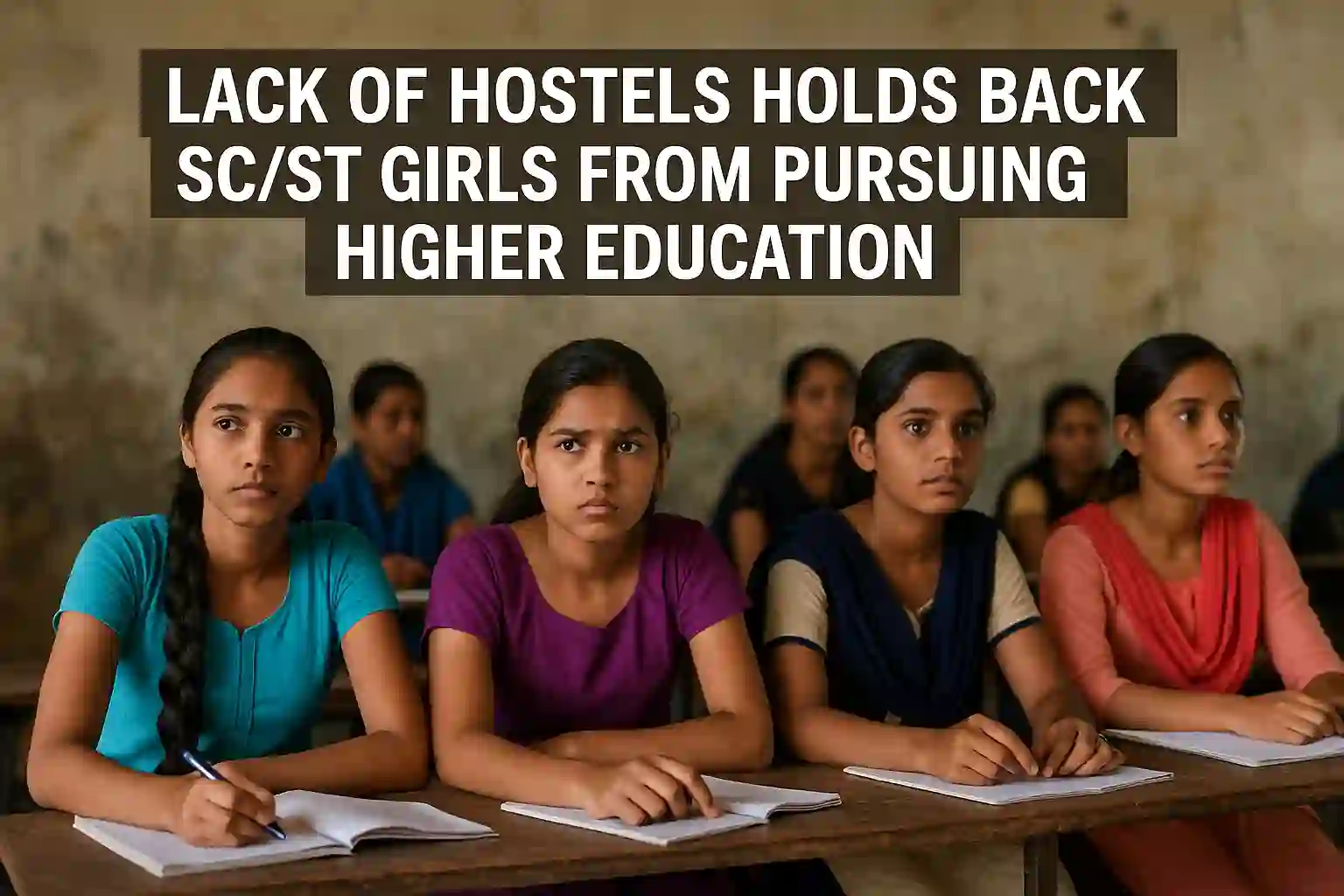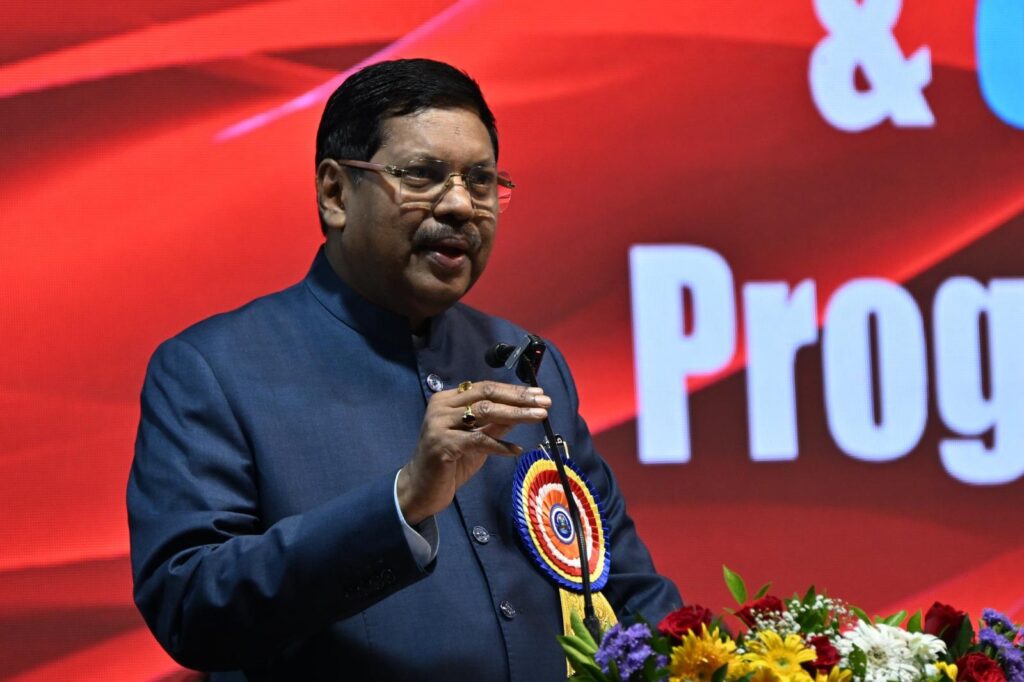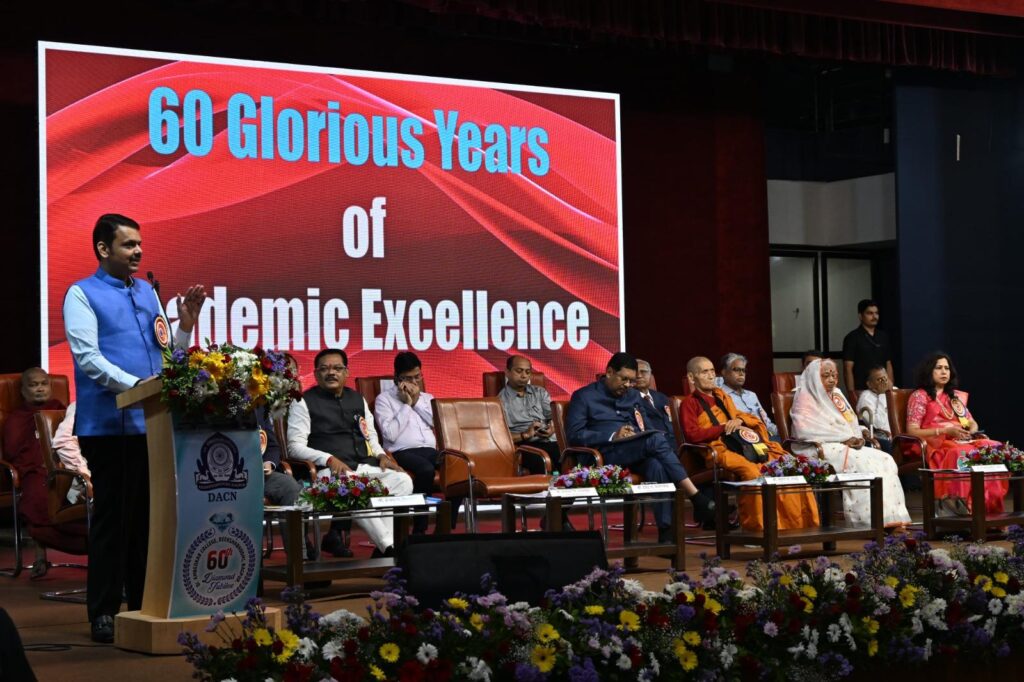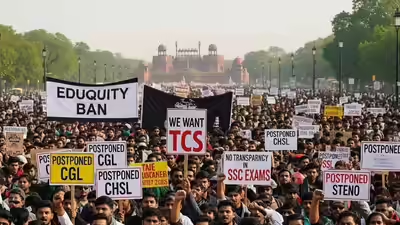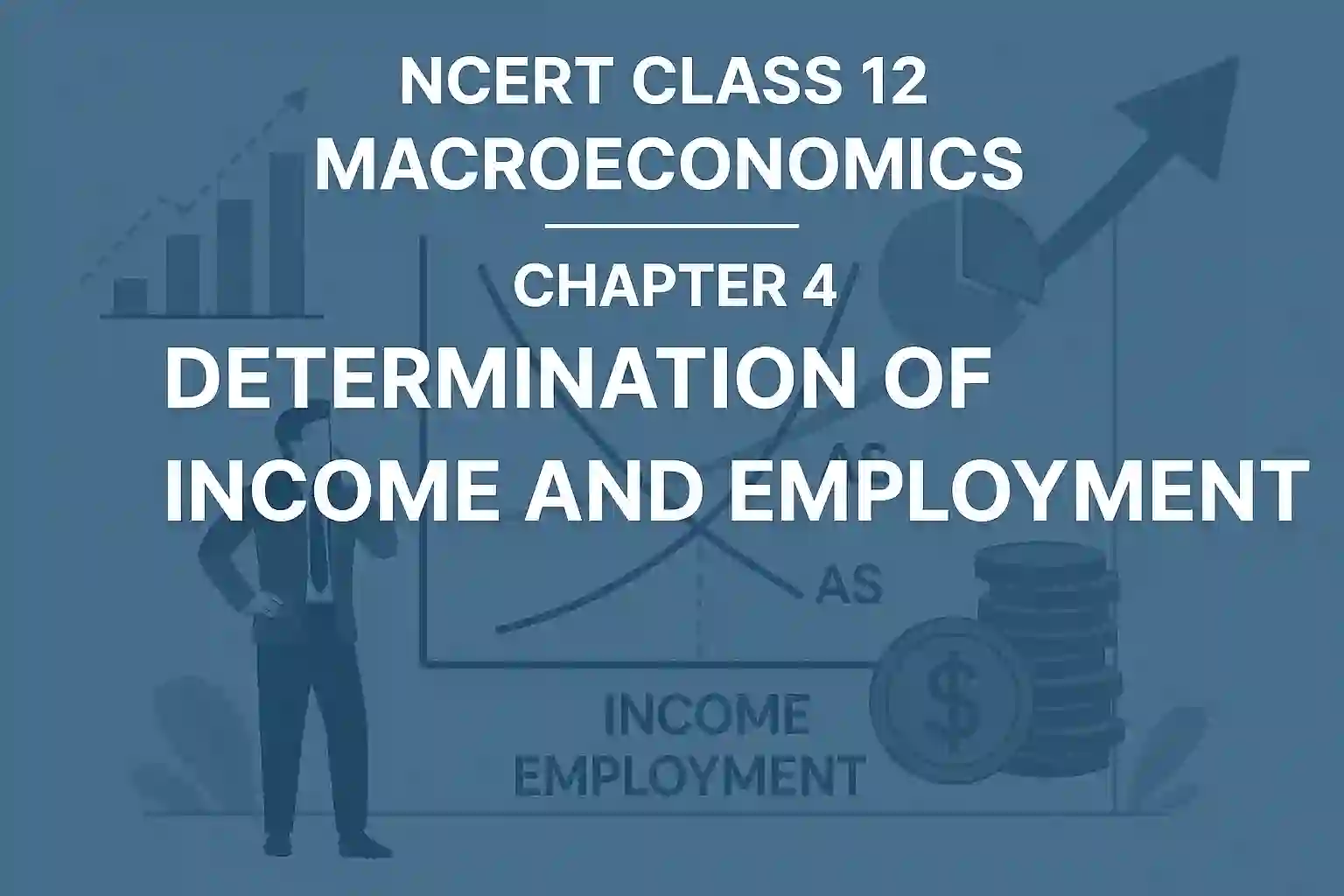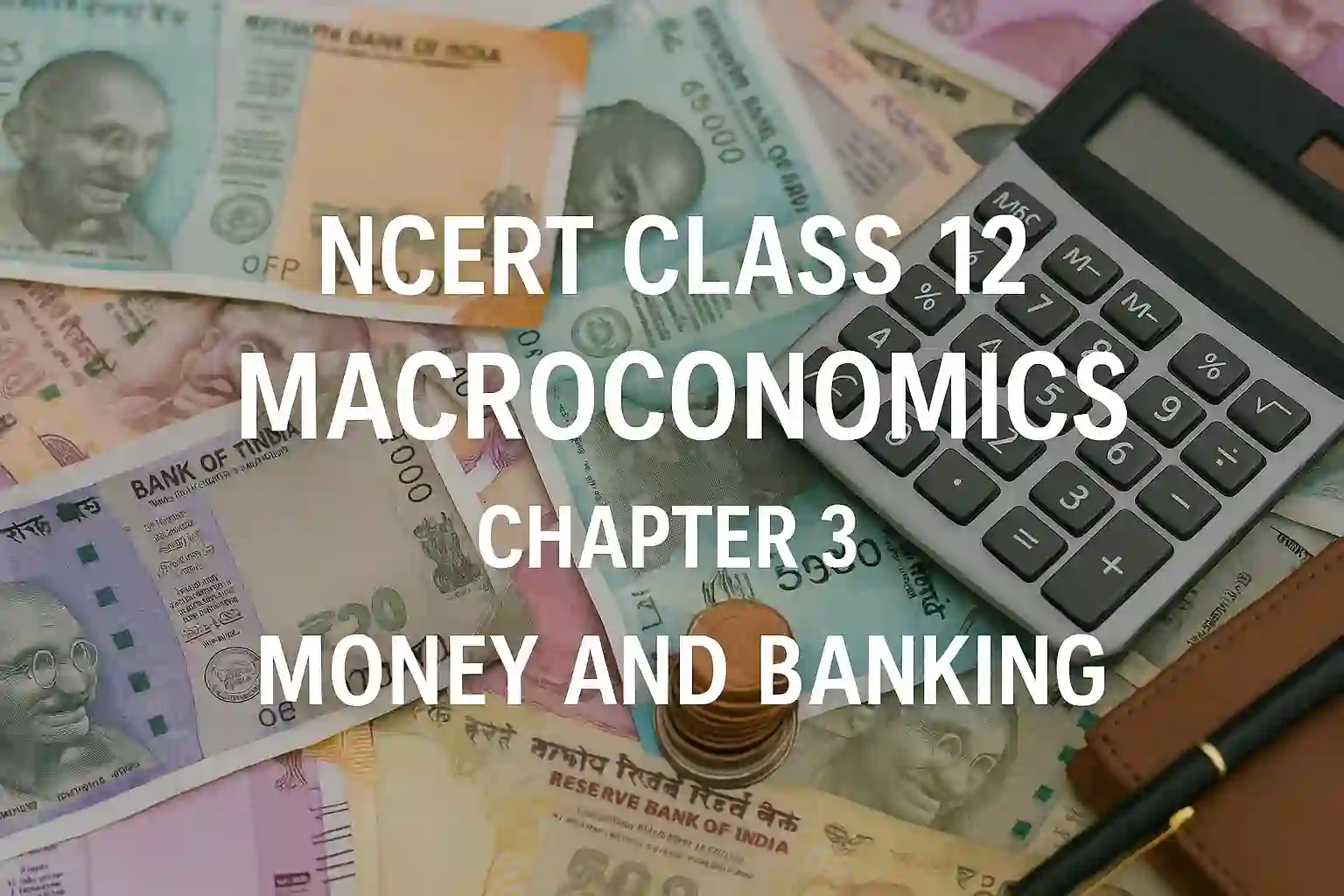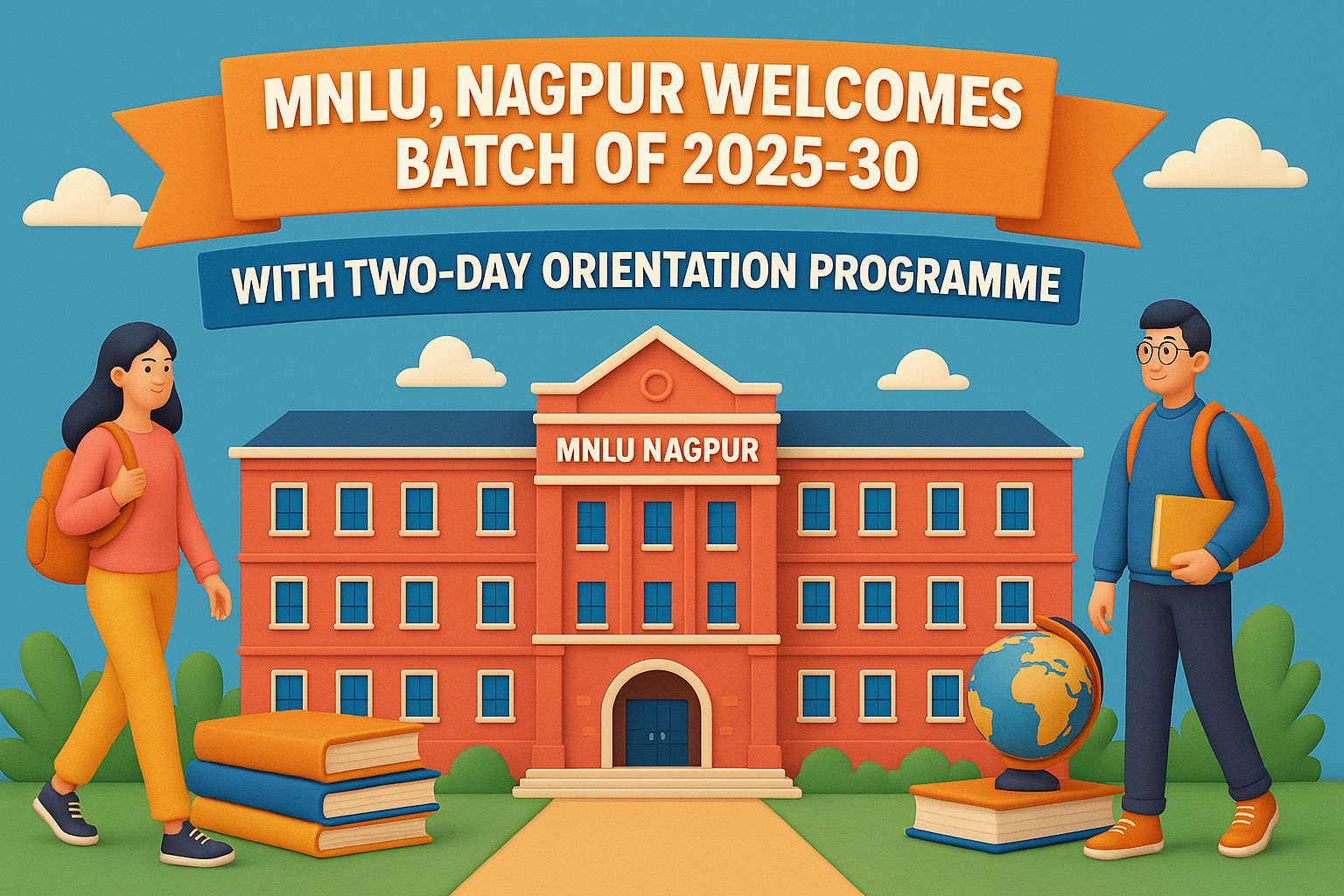For many SC/ST girl students in India, getting admission into a college is only half the battle. The bigger struggle often begins after that—finding a safe and affordable place to stay. In many parts of the country, especially in rural or semi-urban areas, government and university-run hostels are either too few or in poor condition. Because of this, several girls are forced to drop out or not apply at all, despite having the marks and ambition to study further.
I wanted to write about this issue because it often gets ignored in mainstream education discussions. While schemes and scholarships exist on paper, the reality is that many of them don’t reach the girls who need them the most. I’ve spoken to students who had to travel 2-3 hours daily or completely give up on their education dreams just because there was no hostel nearby. This is not just a logistics problem—it’s a serious social barrier. If we want true equality in education, we need to look beyond classrooms and think about infrastructure like hostels that directly affect access for SC/ST girls.
Why Hostels Matter for SC/ST Girl Students
For marginalised communities like Scheduled Castes (SC) and Scheduled Tribes (ST), higher education is often the first step towards breaking cycles of poverty and discrimination. But without hostels, the entire plan gets disrupted.
Many SC/ST families live in villages or remote areas where higher education institutions are far. Girls, in particular, face safety concerns, social pressure, and transport issues. Even when they get selected for colleges, their parents hesitate to send them far without proper accommodation.
Hostels, especially women-only hostels with good facilities and security, are crucial because:
- They offer a safe and structured environment
- They reduce travel time and expenses
- They help girls focus on their studies without household responsibilities
- They make higher education more accessible and inclusive
What the Numbers Say
According to official data, India still falls short in providing hostel facilities to SC/ST students. Here are some key facts:
- Out of the total post-matric scholarships provided, only around 40% of SC/ST girl students are able to use hostel support
- Many centrally-funded hostels are stuck due to land issues, fund delays, or incomplete construction
- In states like Odisha, Madhya Pradesh, and Jharkhand, tribal girls have to either travel from home or rent shared rooms, which are often unaffordable or unsafe
A study by the National Institute of Educational Planning and Administration (NIEPA) also pointed out that inadequate hostel availability was one of the top reasons for dropouts among SC/ST girl students after Class 12
Real Stories from the Ground
Let me share an example from Telangana. A Dalit girl from a village in Nalgonda district scored 86% in her intermediate exams and got into a reputed college in Hyderabad. But she couldn’t find a hostel seat under the government quota and private hostels were charging more than ₹6000 per month. Her father, a daily wage worker, simply couldn’t afford it. She had to abandon her plans and join tailoring work in her village instead.
Sadly, this isn’t a one-off case. Across states, several girls from SC/ST backgrounds are facing similar situations. And many of them suffer in silence, without any media coverage or political attention.
What Needs to Change
The government has launched various schemes like:
- Post-Matric Scholarship Scheme
- Hostel schemes under the Ministry of Social Justice and Tribal Affairs
- State-run residential education programmes like KGBVs
But the main issue is implementation. Here’s what needs to happen:
- Speed up construction and upgrade existing hostels
- Make the hostel allotment process more transparent and timely
- Create separate funds for SC/ST girl students in urban areas
- Involve local authorities to identify regions where hostel need is high
- Offer travel stipends or rental support in areas with no hostels

